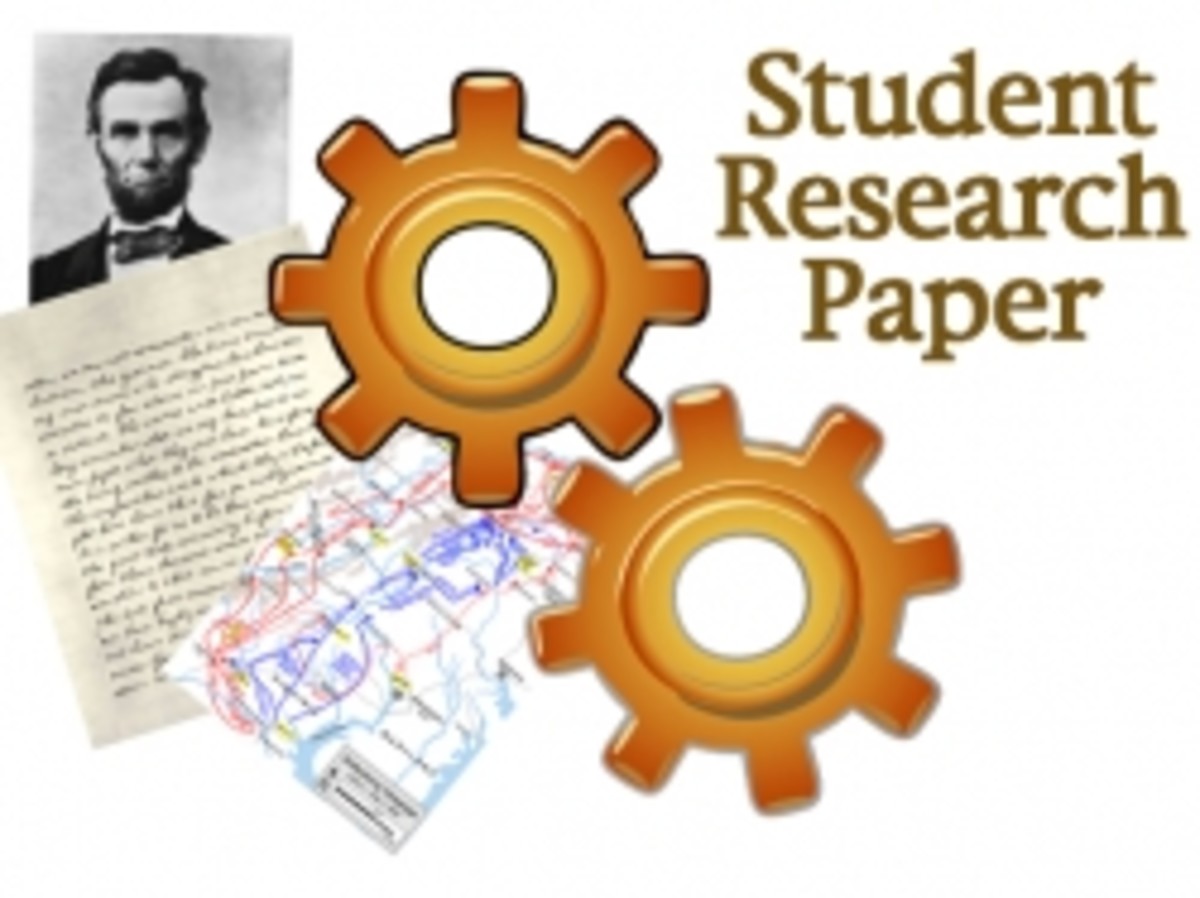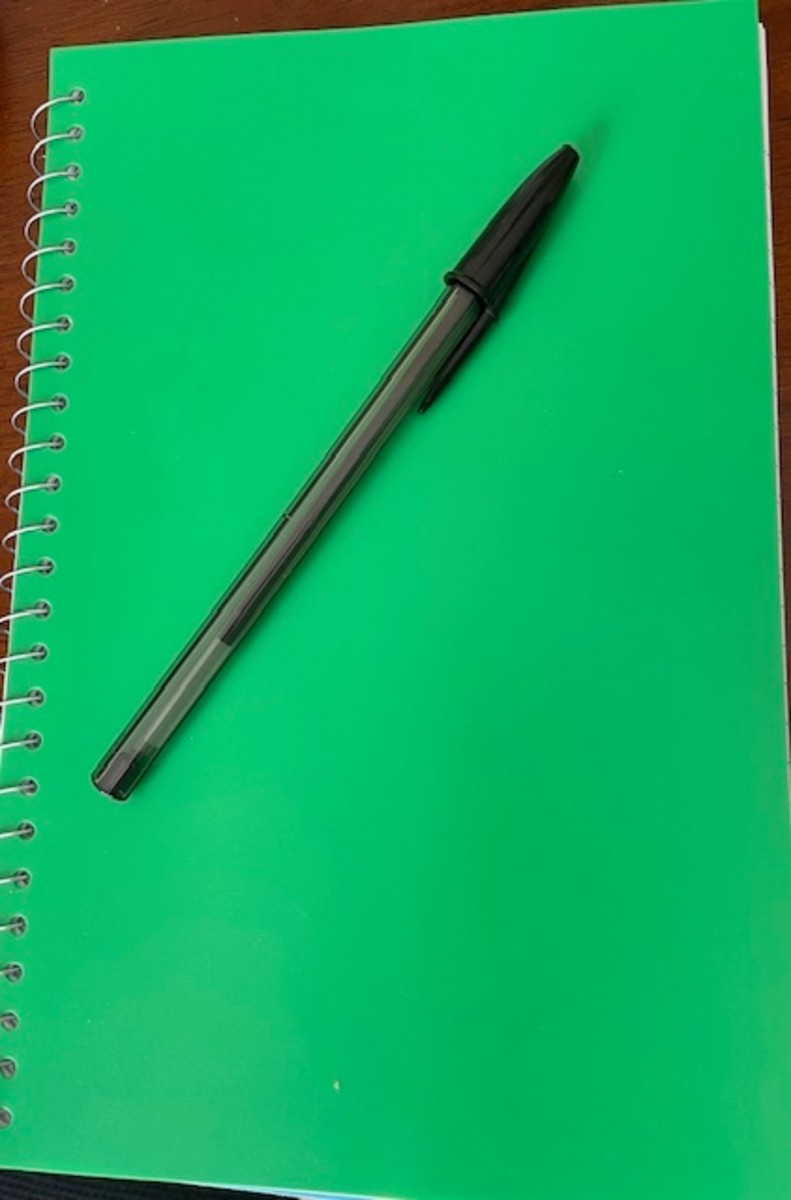Writing a College Research Paper: A Quick Guide for First-timers

One of the most challenging aspects of going to college is that you are opened up to the world of paperwork. Oftentimes, this is the part where students go blank especially when they do not have experiences in writing. A college paper is no joke. This serves as one of your passes of stepping to higher level of learning. At first, one has to go through difficulties but later on, after learning the secrets and becomes well acquainted with the processes involved, it would be a swift to make one.
Getting Started
The hardest part of a task is getting started. This is true with writing a research paper too.
Choose a topic/subject- sometimes, the teacher gives the student a specific topic to delve on but mostly, it is up to the student to make a selection from a wide range of subjects available. If given this opportunity, be sure to select one that captures your interest. It helps a lot if the things you are reading and writing of excite you. That would mean more determination and hard work on your part. Choosing a topic also involves the following:
- Narrowing of the topic- focus on a specific issue, problem, field or argument. Too broad and general topics often get rejected and would only confuse your reader. This also prevents useless and unwanted information to be included.
- Search for possible resources- you also have to consider the availability of the materials that can help you with your research. It is not enough that you like the topic. You also have to make sure that you will not run out of resources to support your paper. This is the reason why that a student is often reminded to choose at least three topics so that a preliminary search for materials will tell where the greener pasture is.
- Make sure it is within the scope given by the teacher- a teacher may give students a freedom to pick a topic but it must be within the scope which involves things that has something to do with the course subject. For example, the course subject is Sociology. Make sure your topic will not go beyond that boundary and wander somewhere else.
Look for References- this step involves more action. This is where you have to find sources which can support and augment your topic. The strength of the paper lies on how well you are able to express the point of your paper. A comprehensive but clear presentation means organized and carefully selected resources.
- The library- libraries are like magical places. They hold various knowledge and secrets that only few people are able to appreciate. But once you have discovered the wonder kept within it, you will realize that it can give you more information that you ever thought of. Research papers are not possible without the use of library. A reading material is considered the best source for being printed, it is with authority. Look for the catalogue for possible books that can help with your topic.
- The online resources- online resources are now recognized by schools. However, one should be careful in choosing the websites to gather information from. Official websites and pages are available especially for more up to date information. The online web is also very helpful especially when it comes to statistics.
- The experts- an interview with an expert is just as helpful as books. But formal letter and appointments should be given first before making interviews. Recording the interview and taking notes while doing it is better. This prevents problems in transcribing.
Taking down notes- a successful paper requires skills in proper note-taking. Notes should be written down in an index card, a notebook or scratch paper. Note-taking must above all be organized. In each page, a title should be provided so as to differentiate and determine on what part of the paper the notes will fit. Write legibly, clearly and with bigger fonts. Keep the notes together, carefully segregated and in place. Thus bunch is too precious to loss. Keeping the acquired notes organized is necessary to avoid confusion when the notes are transferred.
Make an outline- before filling your paper with the information you have gathered, make an outline first. This serves as your framework. Determine the subtopics which may be included. The basic parts of the research paper include the introduction, the body and the conclusion. Making an outline requires you to look into the information you have gathered so that you can determine what subtopics to make.
Your rough draft- after an outline, you are ready to make your first draft. This involves following the outline, stuffing it with information, selecting the useful and appropriate notes and many adding and deleting of words. Don’t worry if your paper looks like a scratch. That’s how it should be. Getting your teacher’s advice may be helpful in this step too so that even from this point you will already know if you are on the right track.
Getting a complete copy- after much narrowing of statements, determination of what should be included and hard deliberation make a clear copy of your paper. This is not the final thing you will be passing to your teacher. It is more of a final paper for yourself. It must contain the information, data and all the stuff you think you’ll need to put on your paper.
Final edit- this is where the polishing your paper comes in. You can have somebody to edit your work, especially when it comes to the grammar. Letting somebody edit it for you gives an advantage as he can point to you the mistakes and other flaws in a different perspective. Or, you can edit it yourself provided that you take a break. Get a day or two when you can completely take your eyes off away from the paper. When you go back and edit it yourself, your mind is fresher and keener for possible revisions to make.
Aside from the content, a college research paper must be well presented too. Considerations should be given to proper spacing, indention, margins and even the binding. These matters are trivial but they affect how the research paper looks. After that, you can bid farewell to stress at last.
Rate this Hub!
© 2013 LG





